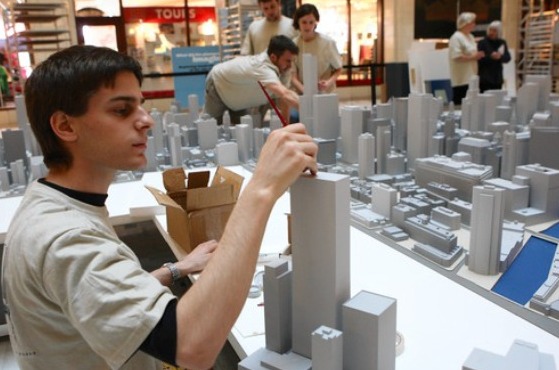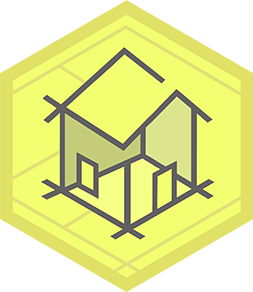Build a scale model city
Build a scale model city using cardboard, recycled materials, and toy figures; plan streets, measure scales, and learn about urban design and problem solving.



Step-by-step guide to build a scale model city
HOW TO MAKE MODEL OF CITY
Step 1
Clear a flat workspace on a table or the floor to build your city.
Step 2
Choose a scale for your model such as 1 cm equals 1 real meter.
Step 3
Draw a simple city map on paper with streets parks and building spots.
Step 4
Sketch the same map lightly onto your cardboard base.
Step 5
Use a ruler to measure and mark road widths and block sizes on the cardboard according to your chosen scale.
Step 6
Cut long strips of cardboard to make the roads.
Step 7
Glue or tape the road strips onto the cardboard base.
Step 8
Cut recycled boxes into panels to make building pieces.
Step 9
Fold the panels into building shapes.
Step 10
Secure each folded building with tape or glue so it stands up.
Step 11
Decorate your buildings and roads using colouring materials and craft decorations.
Step 12
Add small details like trees benches and signs using buttons bottle caps or straws.
Step 13
Place toy figures and toy cars around your city to show where people live and move.
Step 14
Test traffic flow by moving cars through the streets and make one change to fix any problem you find.
Step 15
Share photos or a short description of your finished city on DIY.org.
Final steps
You're almost there! Complete all the steps, bring your creation to life, post it, and conquer the challenge!


Help!?
What can I use instead of large cardboard or recycled boxes for roads and buildings?
If you don't have cardboard to 'Cut long strips of cardboard to make the roads' or 'Cut recycled boxes into panels to make building pieces,' substitute cereal boxes, poster board, foam core, or folded construction paper and secure them with strong masking tape or glue.
My buildings keep collapsing or roads peel up — how can I fix that?
If folded buildings fall after you 'Secure each folded building with tape or glue' or roads lift after you 'Glue or tape the road strips onto the cardboard base,' reinforce building bases with extra cardboard, score fold lines before folding, use stronger glue or extra tape, and press heavy books onto glued roads until they dry.
How can I adapt the project for different ages or skill levels?
For younger kids simplify by choosing a larger scale (for example 1 cm = 5 m), pre-cut the 'road strips' and 'building panels,' and let them decorate with stickers and markers, while older kids can use the 1 cm = 1 m scale, measure roads with a ruler, cut panels themselves with craft knives (with supervision), and add detailed painting and traffic-testing challenges.
How can we extend or personalize the city after the basic build and traffic test?
To extend and personalize your city after you 'Test traffic flow by moving cars through the streets,' add LED tea lights inside buildings, make buildings modular so you can rearrange blocks, create custom street signs and a city name, plant twig trees or use buttons for benches, and then 'Share photos or a short description of your finished city on DIY.org.'
Watch videos on how to build a scale model city
city model for science exhibition | working model | city model out of paper | #diyasfunplay | #diy
Facts about urban design and model making for kids
♻️ Cardboard is one of the easiest materials to reuse and recycle—turning old boxes into models keeps waste out of landfills.
🧸 Adding toy figures to your model helps test real-life problems like crowding, sidewalk width, and where crossings should go.
📏 Model scales like 1:87 (HO), 1:48 (O), and 1:12 (dollhouse) are common—pick one so buildings, streets, and toy people all match.
🌳 Parks and street trees do more than look nice: they help cool neighborhoods, reduce runoff, and make places people want to visit.
🏙️ Urban planners use grid, radial, and organic layouts—Manhattan’s 1811 grid plan helped organize growth and make navigation easier.
How do I build a scale model city with my child?
What materials do we need to build a scale model city?
What ages is building a scale model city suitable for?
What are the benefits of building a scale model city and safety tips?


One subscription, many ways to play and learn.
Only $6.99 after trial. No credit card required



